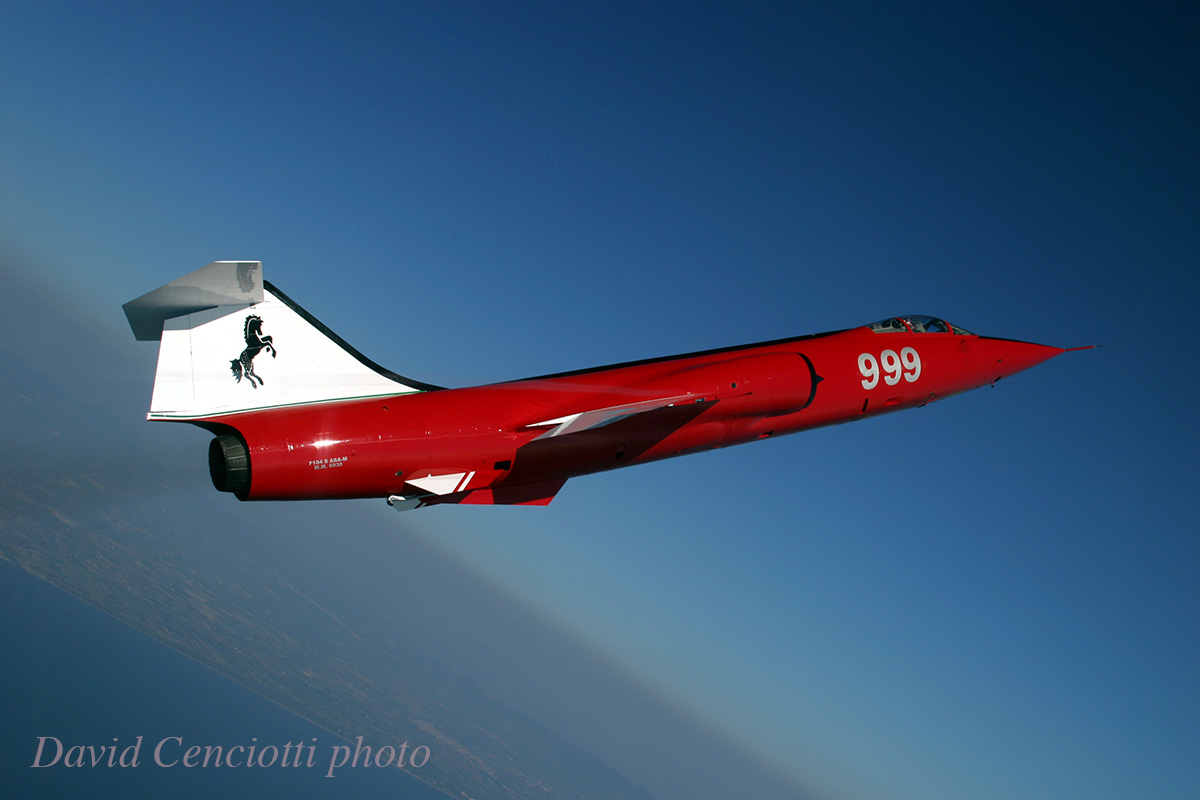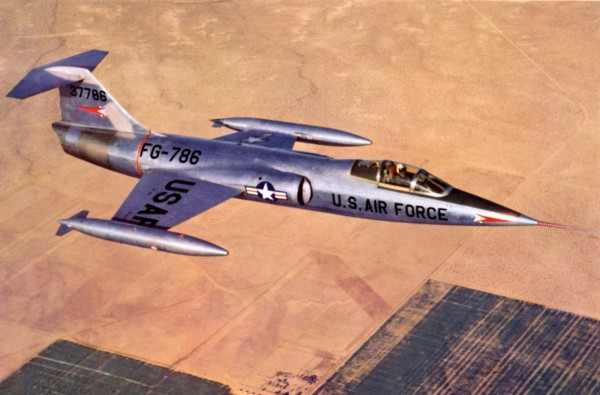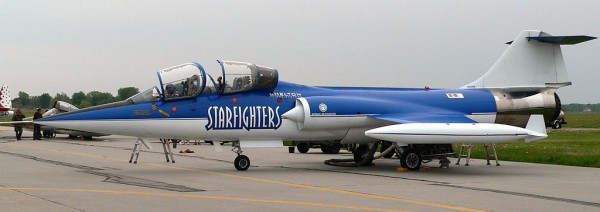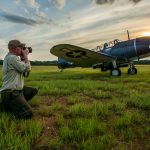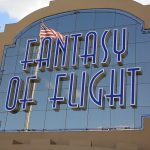Exactly sixty years ago today, the very first Lockheed Starfighter took to the skies over Edwards Air Force Base with legendary test pilot, Tony LeVier at the controls. Technically, it was not the first flight for the XF-104, but a brief hop about 5′ in the air during high speed taxiing tests in late February hardly counts as first flights go. Interestingly, both of the XF-104’s were designed around the under-powered J-65 turbojet rather than the J-79, which would become the standard production engine. Lockheed knew that the GE J-79 wouldn’t be ready in time, so went with the Wright J-65 (a license-built Armstrong-Siddeley Sapphire) for the initial test articles.
Astonishingly, the XF-104 went from the initial contract to first flight in less than a year, which is pretty remarkable given today’s turn-around rate. Mind you, a lot of simulation prior to first flight occurs these days, and one shouldn’t forget that both XF-104 prototypes crashed during testing. Still, even with the technical difficulties experienced, the Air Force was sufficiently impressed with the Starfighter that it ordered them into production. And while it didn’t stay on front-line service with American units for long, it became an extremely successful, low-cost export fighter. Fifteen air forces around the world employed the F-104, coming from seven non-US production lines. Even more surprisingly, more than twice as many Starfighters rolled from foreign factories as did from Lockheed’s. The type was in production until 1979, an astonishing run for any aircraft, let alone a front-line jet fighter. The final example came from the FIAT factory in Italy, with the Italian Air Force being the last to retire their fleet in 2004. Just a handful of F-104s remain airworthy today flying research contracts with Starfighters Inc. operating from the Kennedy Space Flight Center on Merritt Island near Titusville, Florida. See here for more details.







